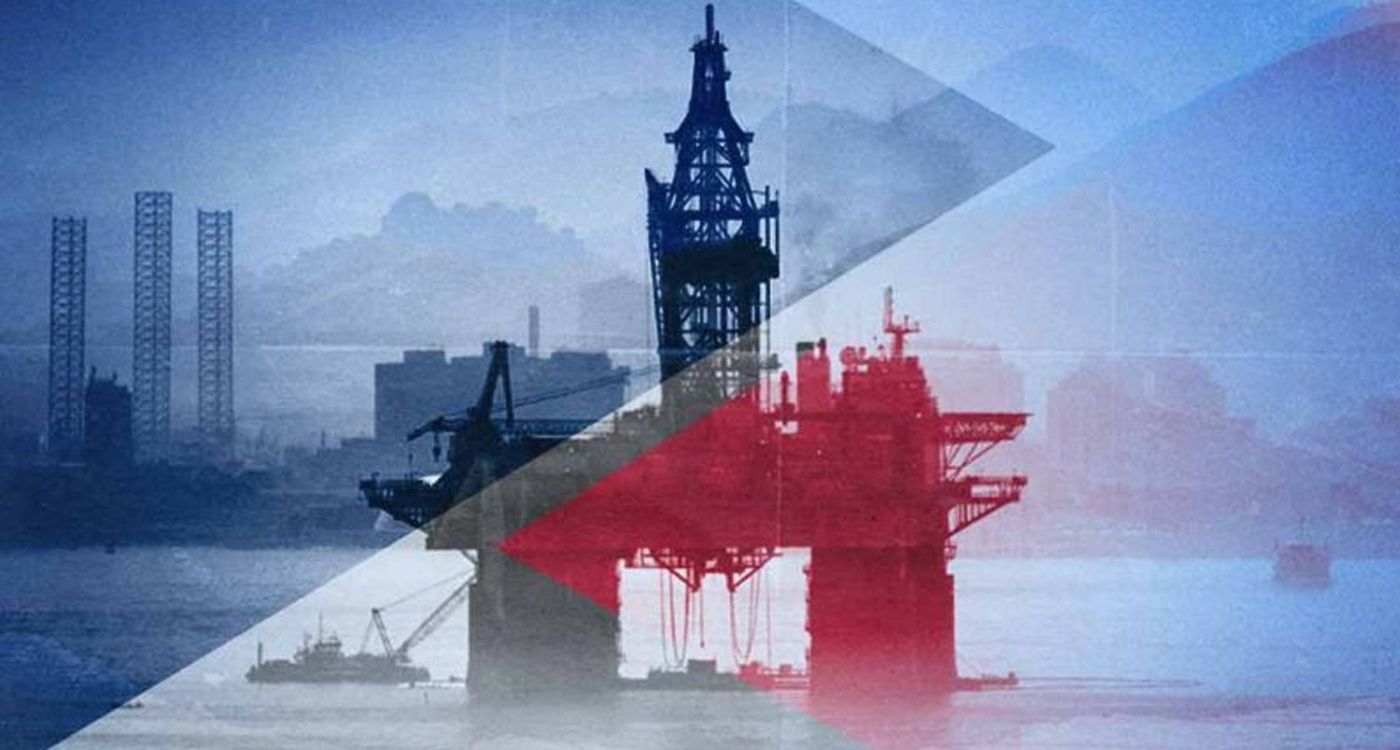
As oil supply outstrips demand in early October 2025, prices remain surprisingly stable. The mystery is fueled by opaque Chinese stockpiles and lingering uncertainty over sanctioned volumes in a market largely navigating by sight.
Oil markets face a striking paradox: crude prices remain resilient despite a looming oversupply. Global production is swiftly rising, yet the lack of reliable data on certain stockpiles and sanctioned oil makes it difficult to assess the true balance between supply and demand, according to Reuters and the Financial Times.
Analysts agree that production is outpacing demand, and the world could face a glut by late 2025 and into the first half of 2026. Yet the exact scale of this oversupply remains uncertain. The Organization of the Petroleum Exporting Countries, OPEC+, forecasts consumption growth twice as high as the International Energy Agency predicts, highlighting the lack of consensus on the market’s true trajectory.
“There are too many blind spots in the market to paint an accurate picture,” notes Reuters, pointing out that oil has become as mysterious as the twists of a suspense series.
Among these blind spots, China’s stockpiles, as the world’s largest crude importer, are perhaps the most critical. Officially, Beijing does not disclose its reserves, but Reuters reports that since March 2025 the country has imported surplus volumes, notably from Russia, Venezuela and Iran, reaching over a million barrels per day.
Sanctioned Oil: The Phantom That Supports Prices
Beyond stockpiles, another key uncertainty clouds the market: sanctioned oil. Volumes clandestinely traded aboard the so-called ghost fleet remain largely untracked. This opacity has helped keep Brent crude prices stable between $60 and $70 per barrel since July, despite the looming oversupply, according to the Financial Times.
“As long as China continues to heavily buy and Russian and Iranian production does not fully re-enter the market, the perception of a relative shortage will support prices, even if barrels are piling up in ports or on ghost tankers,” explains a Bloomberg analyst.
More than ever, the oil market lacks transparency. Even as storage tanks overflow, prices continue their unpredictable dance, a down, up, sideways waltz that makes traders both laugh and pull their hair out.
In summary, more barrels than demand, invisible stockpiles and phantom sanctions. The oil market right now could almost pass for a thriller. The plot is set, but the ending is still unwritten.


Comments